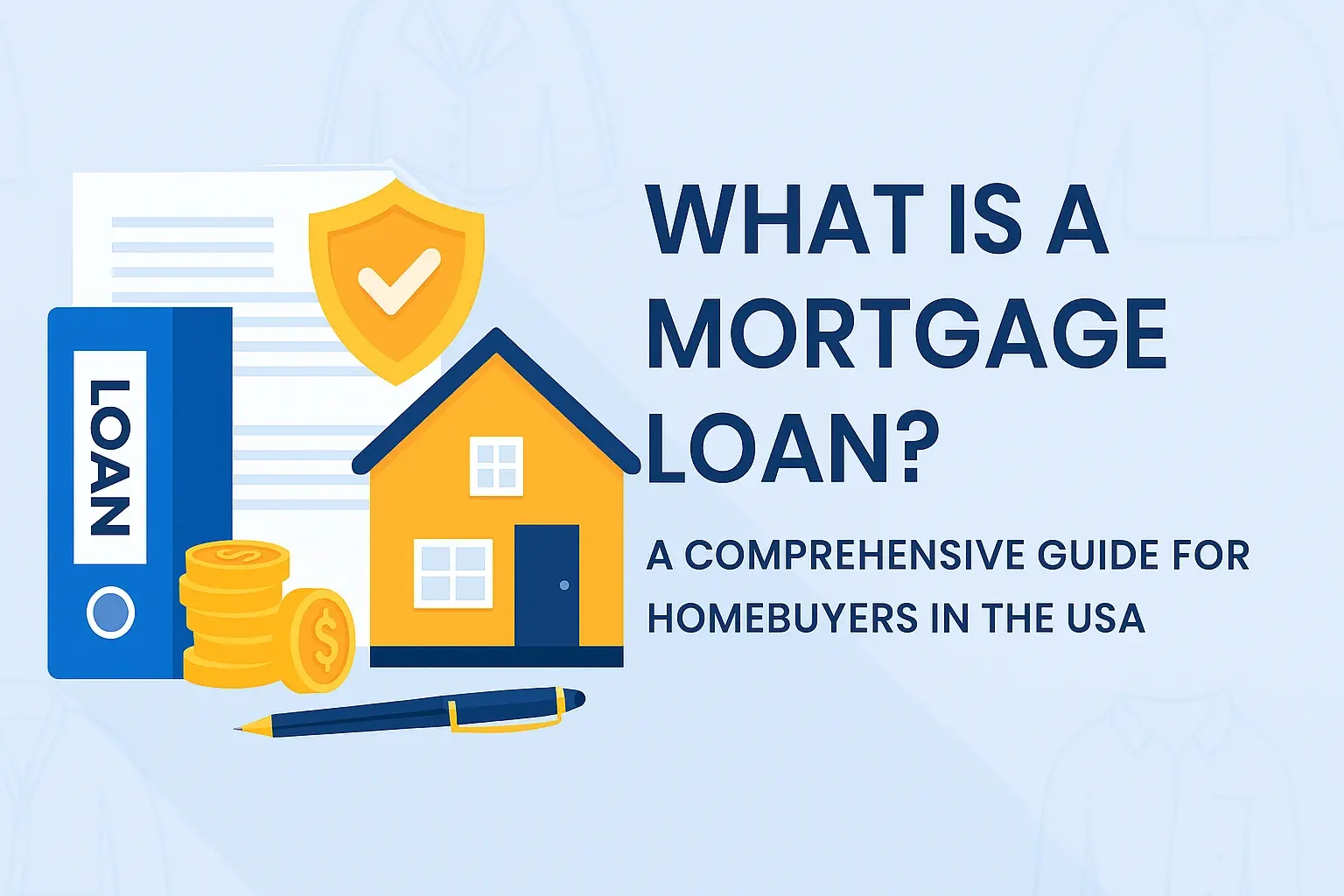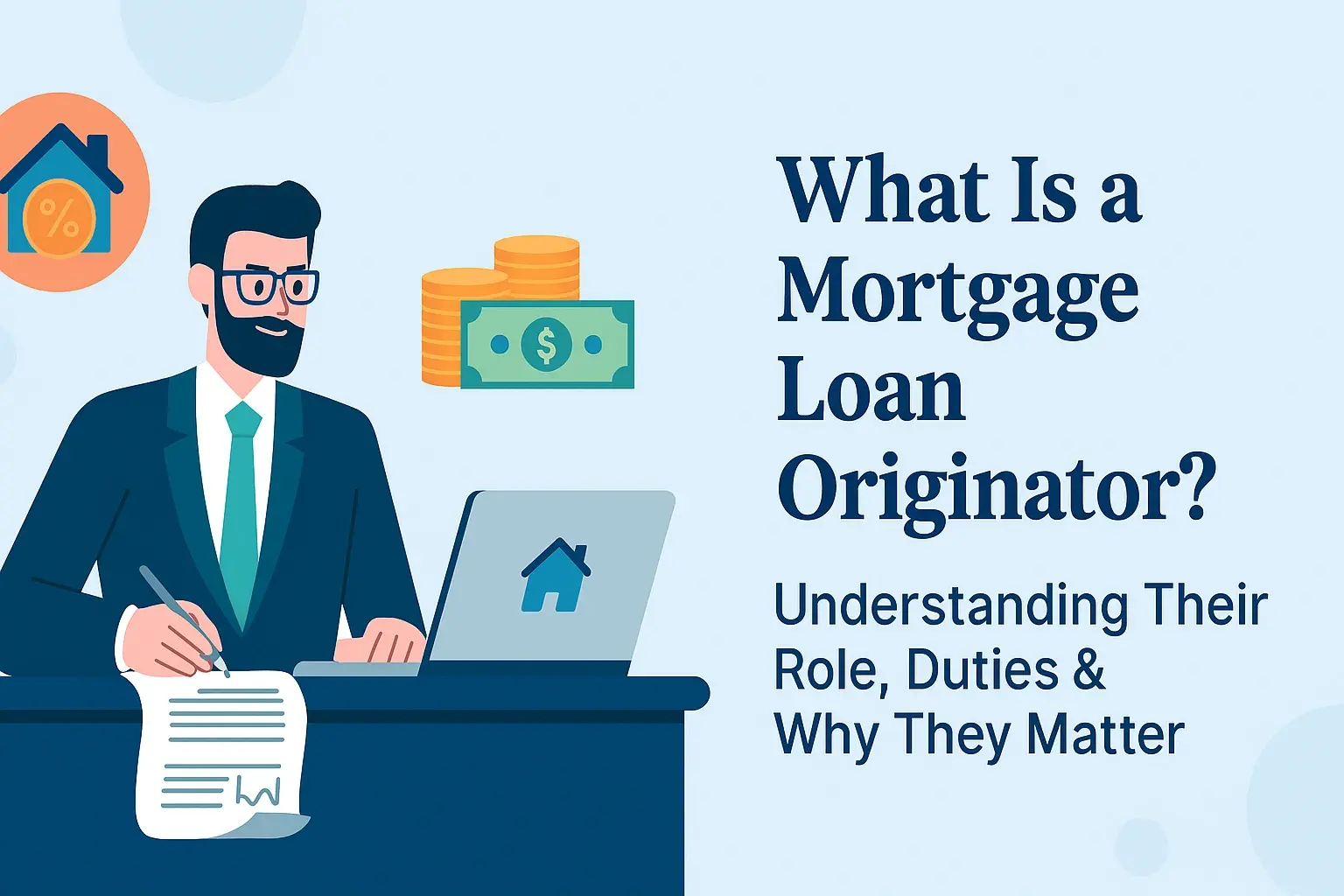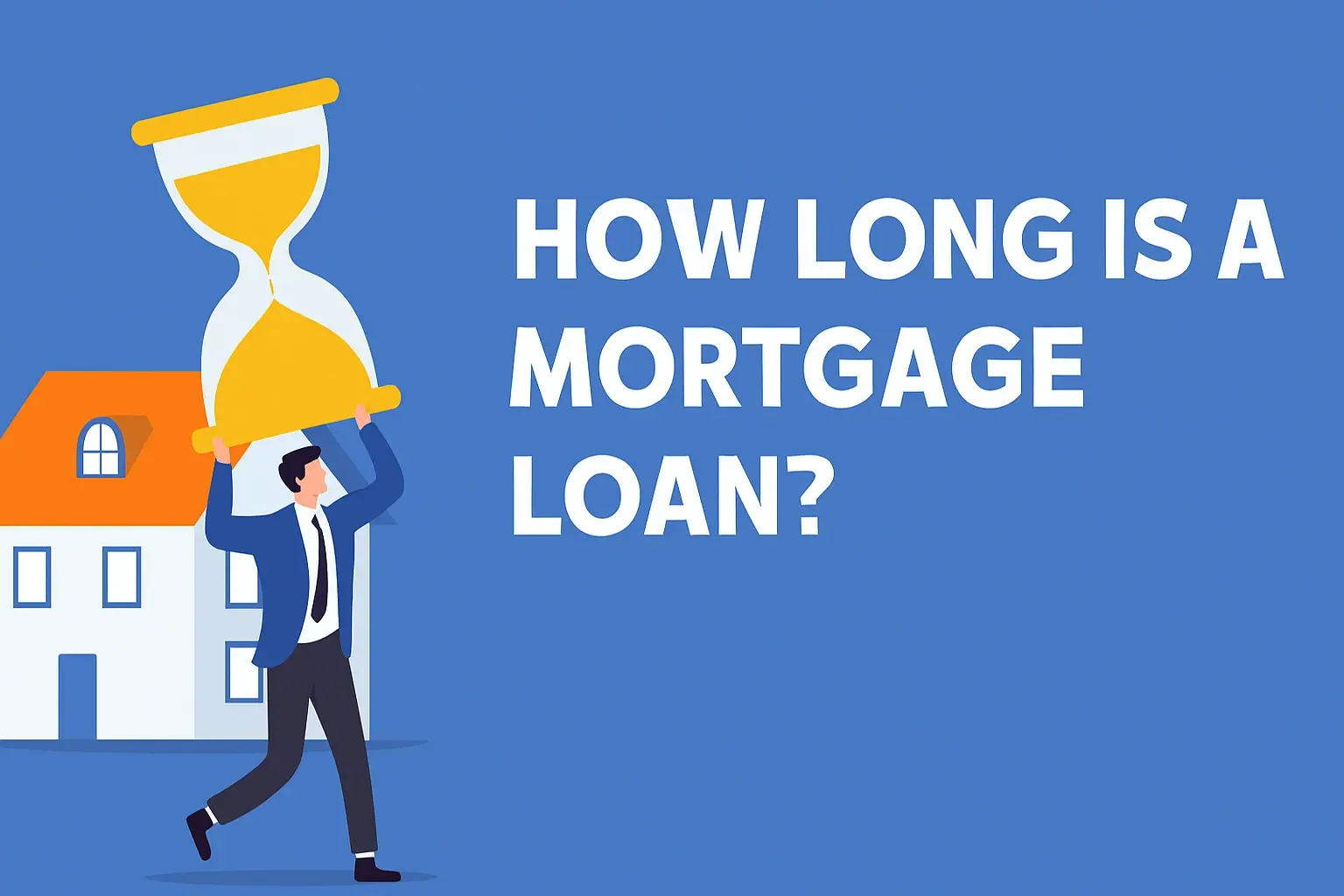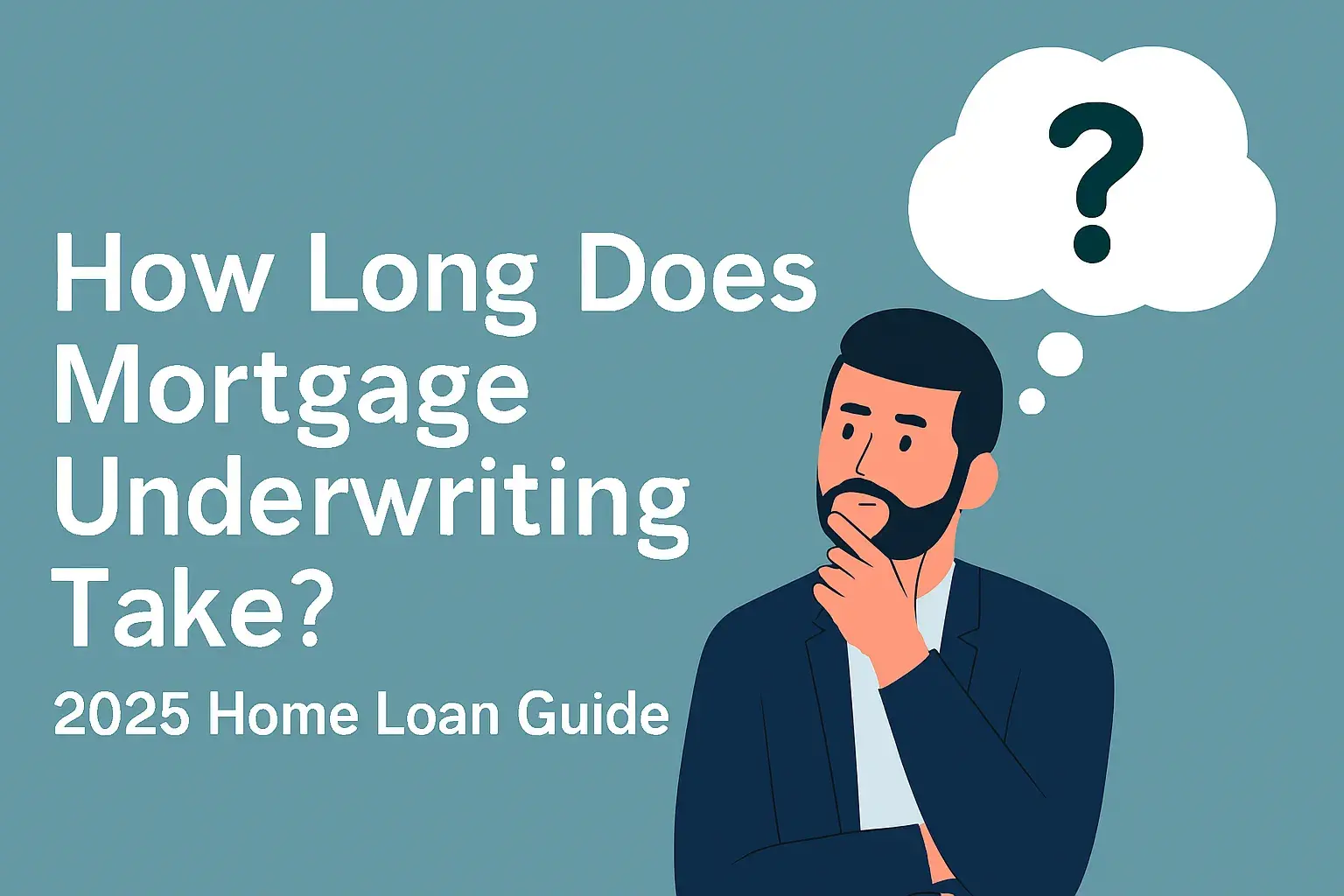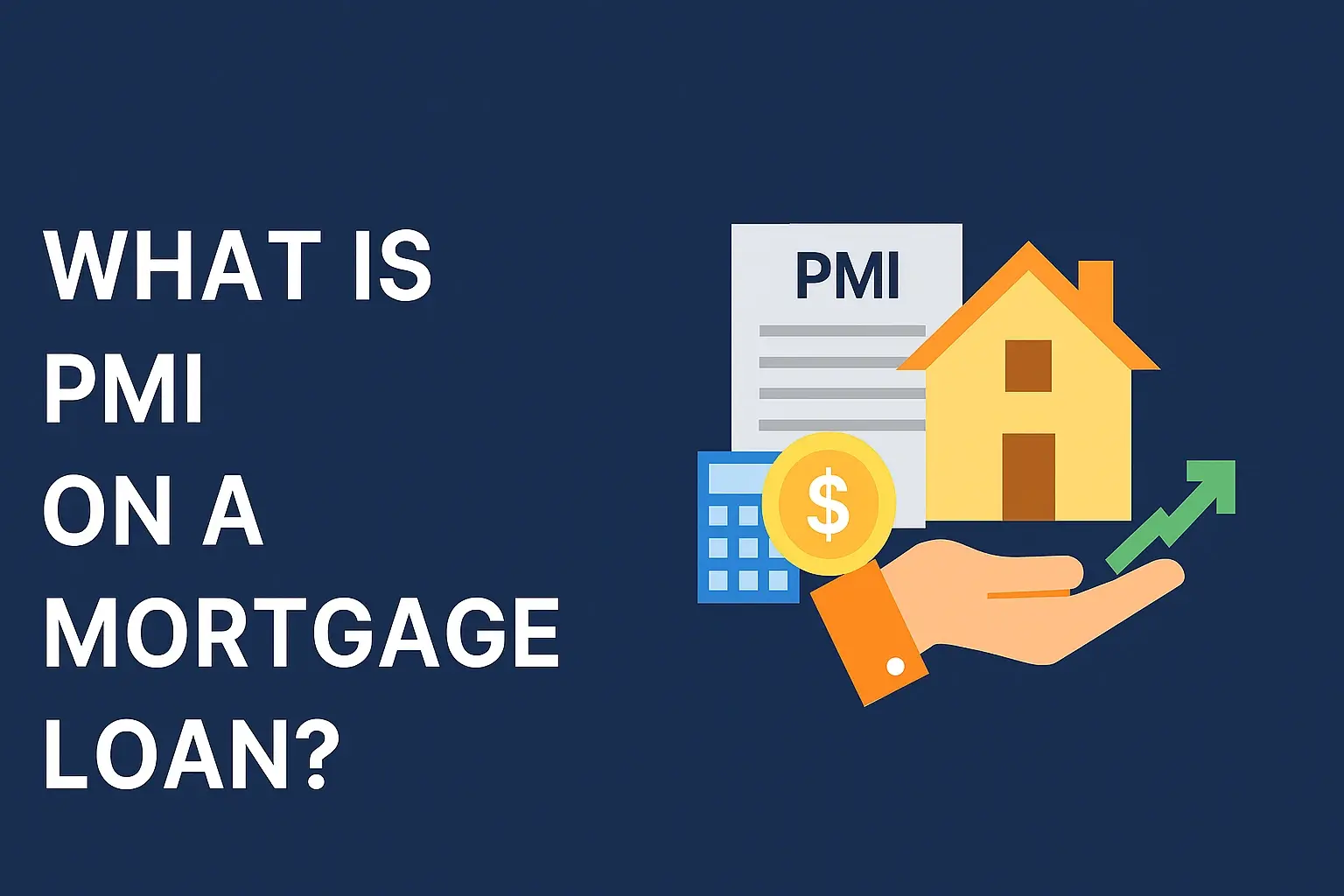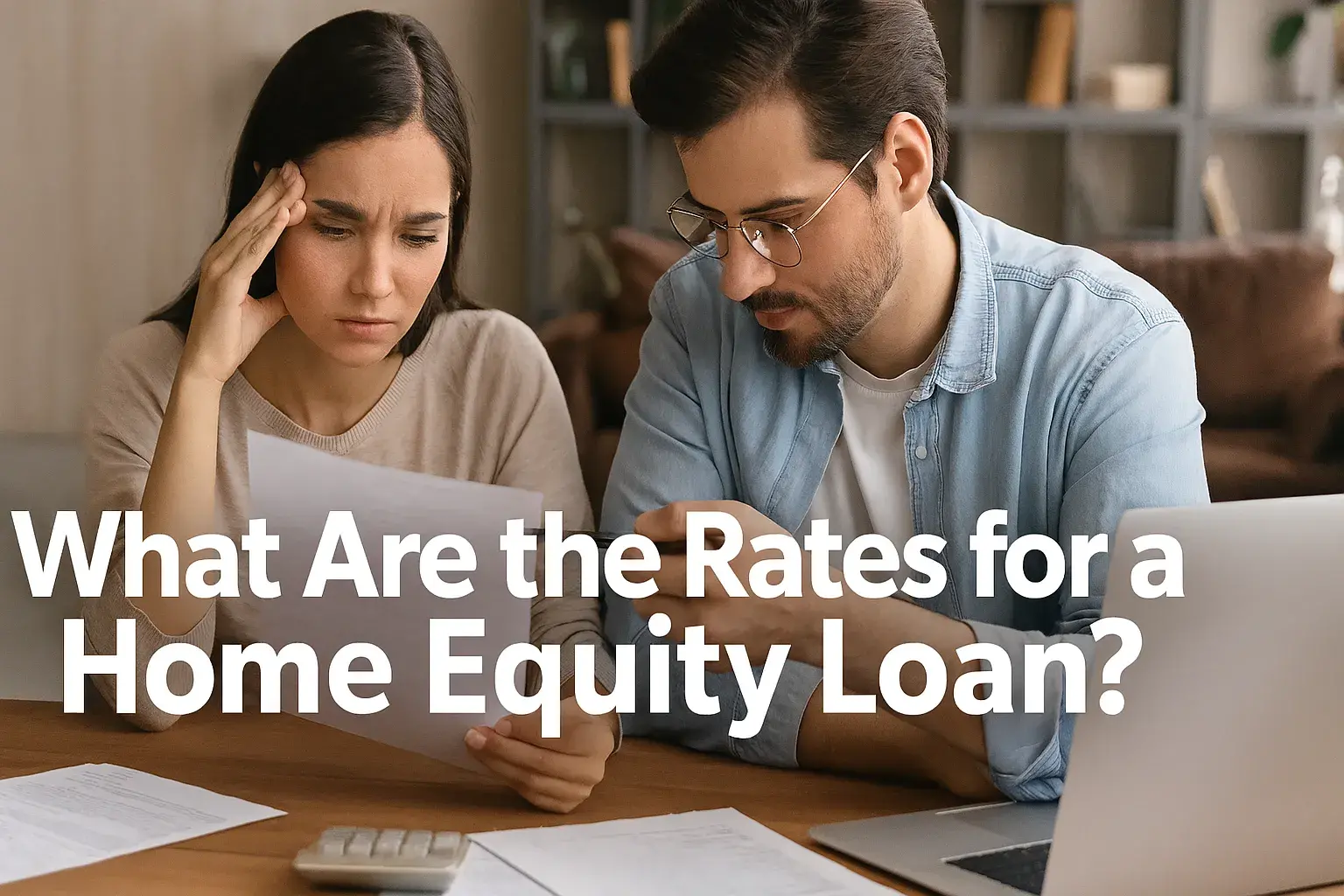-
Posted on: 05 Aug 2025
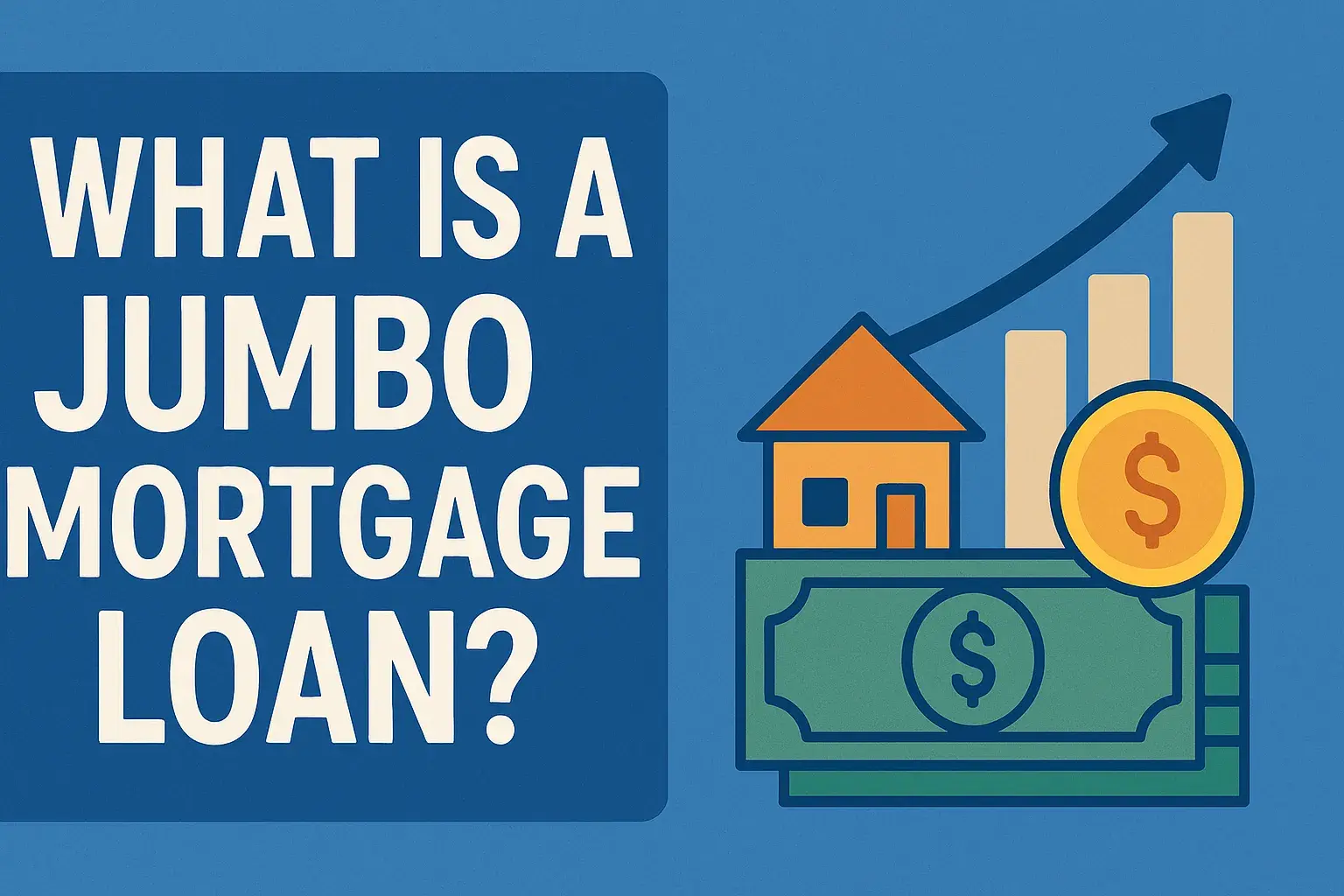
-
In the world of home financing, not all mortgages are created equal. When it comes to purchasing high-value properties or homes in expensive markets, standard conforming loans might not suffice. This is where jumbo mortgage loans come into play. But what exactly is a jumbo mortgage loan, and why might you need one? In this comprehensive guide, we’ll explore everything you need to know about jumbo loans, including their definition, limits, qualification requirements, pros and cons, and more. Whether you’re a first-time homebuyer or a seasoned investor, this article will provide you with the knowledge to make informed decisions about financing your dream home.
What is a Jumbo Loan?
A jumbo loan, also known as a jumbo mortgage, is a type of home loan that exceeds the conforming loan limits set by the Federal Housing Finance Agency (FHFA). For 2025, in most parts of the United States, a jumbo loan is defined as any mortgage that surpasses $806,500. However, in high-cost areas such as Hawaii, Alaska, and certain counties, the limit can be as high as $1,209,750. These limits are adjusted annually based on the average home prices in different regions.
Unlike conforming loans, which can be bought or guaranteed by government-sponsored enterprises like Fannie Mae and Freddie Mac, jumbo loans are considered non-conforming. This means they cannot be purchased or securitized by these entities, making them riskier for lenders. As a result, jumbo loans often come with stricter underwriting requirements and are typically offered by private lenders.
Why Might You Need a Jumbo Loan?
Jumbo loans are essential for buyers looking to purchase luxury homes or properties in high-cost real estate markets where the price exceeds the conforming loan limits. For instance, if you're eyeing a mansion in Beverly Hills or a waterfront property in Miami, a jumbo loan might be necessary to cover the full purchase price. These loans are also commonly used for:
-
Luxury Properties: Homes that are significantly above average market values.
-
High-Cost Areas: Regions where housing prices are naturally higher due to demand, limited supply, or other economic factors.
-
Investment Properties: Real estate investors may use jumbo loans to finance large portfolios or high-value rental properties.
Jumbo Loan Limits for 2025
The FHFA sets conforming loan limits each year, and any loan that exceeds these limits is considered a jumbo loan. For 2025, the limits are as follows:
Region
Conforming Loan Limit
Most of the U.S.
$806,500
High-Cost Areas (e.g., Hawaii, Alaska, select counties)
$1,209,750
These limits vary by county due to differences in average home values, state lending limits, and real estate market activity. For detailed state-by-state limits, you can refer to resources like Bankrate’s jumbo loan limits page.
Qualifying for a Jumbo Loan
Qualifying for a jumbo loan is generally more challenging than for a conforming loan due to the higher risk involved for lenders. Here are the key requirements:
1. Credit Score
-
Most lenders require a credit score of at least 700.
-
Some lenders, like U.S. Bank, may require a score of 740 or higher for most jumbo loans.
-
For VA jumbo loans, borrowers might qualify with scores in the mid-to-low 600s, but this is less common.
2. Down Payment
-
Down payment requirements for jumbo loans typically range from 10% to 20%, depending on the lender and the borrower’s financial situation.
-
Some lenders may require even higher down payments, especially for borrowers with less-than-perfect credit.
-
A larger down payment can help avoid private mortgage insurance (PMI) and may even lower your interest rate.
3. Income and Debt-to-Income Ratio
-
Lenders will assess your income to ensure you can comfortably afford the monthly payments.
-
A low debt-to-income (DTI) ratio is crucial. Ideally, your debts should be less than one-third of your income.
-
For example, if your monthly income is $10,000, your total debt payments (including the new mortgage) should be no more than $3,333.
4. Cash Reserves
-
Lenders typically require borrowers to have 6 to 12 months of mortgage payments in reserves.
-
For a $1 million loan, this could mean having $100,000 to $200,000 for the down payment plus $40,000 to $80,000 for closing costs.
5. Documentation
-
Be prepared to provide extensive financial documentation, including:
-
30 days of pay stubs
-
60 days of bank statements
-
Two years of tax returns and W-2s (more for self-employed individuals)
-
Proof of liquid and nonliquid assets
-
Details of other loans or debts
-
6. Regulation Z Compliance
-
Jumbo loans must meet the "qualified mortgage" guidelines under Regulation Z, which ensures the loan is affordable and not predatory.
Pros and Cons of Jumbo Loans
Like any financial product, jumbo loans come with their own set of advantages and disadvantages.
Aspect
Pros
Cons
Loan Amount
Allows financing of larger homes or properties in expensive areas.
Higher loan amounts lead to higher monthly payments.
Interest Rates
Rates are competitive, with 30-year fixed jumbo loans at 7.02% (May 28, 2025), close to conforming rates (6.99%).
Historically higher than conforming loans, though the gap has narrowed.
Convenience
Simplifies financing by avoiding multiple loans.
Stricter credit and financial requirements.
Costs
-
Higher closing costs due to larger loan amounts.
Tax Benefits
-
Mortgage interest deduction limited to the first $750,000 for loans after December 16, 2017.
Pros
-
Higher Loan Amounts: The primary benefit is the ability to finance larger homes or properties in expensive areas.
-
Competitive Interest Rates: As of May 28, 2025, the 30-year fixed jumbo loan rate is 7.02%, which is only slightly higher than the 6.99% rate for conforming loans. This gap has narrowed in recent years, making jumbo loans more attractive.
-
Convenience: Instead of taking out multiple loans to cover the purchase price, a single jumbo loan simplifies the financing process.
Cons
-
Stricter Requirements: The qualification process is more rigorous, with higher credit score and down payment requirements.
-
Higher Closing Costs: Since closing costs are often calculated as a percentage of the loan amount, they can be significantly higher for jumbo loans.
-
Tax Deduction Limits: For properties purchased after December 16, 2017, the mortgage interest deduction is limited to the first $750,000 of the loan amount, which could affect tax benefits for very large loans.
Who Should Consider a Jumbo Loan?
Jumbo loans are ideal for high-income earners who are looking to purchase expensive homes but may not have the cash to buy outright. This includes:
-
High Earners: Individuals earning between $250,000 and $500,000 per year, often referred to as "HENRYs" (high earners, not rich yet).
-
Luxury Homebuyers: Those looking to purchase high-end properties that exceed conforming loan limits.
-
Real Estate Investors: Investors who need to finance large portfolios or high-value rental properties.
These borrowers are typically good candidates for long-term bank products and wealth management services.
Types of Jumbo Loans
Jumbo loans are flexible and can be structured in various ways:
-
Fixed-Rate Jumbo Loans: Offer a consistent interest rate over the loan term, providing predictable monthly payments.
-
Adjustable-Rate Jumbo Loans: Have interest rates that can change periodically, often starting lower but with potential increases over time.
-
Property Types: Available for primary residences, second homes, or investment properties.
The Application Process for Jumbo Loans
Applying for a jumbo loan involves several steps:
-
Pre-Approval: Get pre-approved to understand how much you can borrow and to strengthen your offer when making a purchase.
-
Documentation: Gather all necessary financial documents, including pay stubs, bank statements, tax returns, and asset statements.
-
Underwriting: The lender will thoroughly review your financial situation, credit history, and ability to repay the loan.
-
Closing: Once approved, you’ll proceed to closing, where you’ll sign the loan documents and pay closing costs.
Tips for Getting Approved for a Jumbo Loan
To increase your chances of getting approved for a jumbo loan:
-
Improve Your Credit Score: Aim for a score above 700 by paying bills on time and reducing outstanding debts.
-
Save for a Larger Down Payment: A bigger down payment can make you a more attractive borrower and may even lower your interest rate.
-
Reduce Your Debt: Lower your DTI ratio by paying off existing debts before applying for the loan.
-
Build Cash Reserves: Save enough to cover several months of mortgage payments to demonstrate financial stability.
Current Trends in Jumbo Loans
As of 2025, jumbo loan rates have become more competitive with conforming loan rates. For example:
-
30-Year Fixed Jumbo Loan Rate (as of May 28, 2025): 7.02%
-
30-Year Fixed Conforming Loan Rate (as of May 28, 2025): 6.99%
This narrowing gap is partly due to changes in government-sponsored enterprise (GSE) fees, making jumbo loans a more viable option for many borrowers. Additionally, lenders are becoming more flexible with down payment requirements, with some offering jumbo loans with as little as 10% down.
Conclusion
Jumbo mortgage loans are a powerful tool for financing high-value properties, offering borrowers the flexibility to purchase homes that exceed standard conforming loan limits. While they come with stricter requirements and potentially higher costs, the benefits can be significant for those who qualify. If you’re considering a jumbo loan, it’s crucial to work with a knowledgeable mortgage professional who can guide you through the process and help you find the best terms for your situation.
Faq
1.What is the difference between a jumbo loan and a conforming loan?
Conforming loans meet the standards set by Fannie Mae and Freddie Mac and are typically limited to $806,500 in most areas for 2025. Jumbo loans exceed these limits and are not backed by these government-sponsored enterprises.
Can I get a jumbo loan with a low down payment?
While some lenders offer jumbo loans with as little as 10% down, many require 20% or more. It’s essential to shop around and compare offers.
Are jumbo loan interest rates higher than conforming loan rates?
Historically, yes, but recently, the rates have become very close. As of May 28, 2025, jumbo rates are only slightly higher than conforming rates.
What credit score do I need for a jumbo loan?
Most lenders require a credit score of 700 or higher, though some may accept lower scores for certain types of jumbo loans, like VA loans.
Do jumbo loans have higher closing costs?
Yes, because closing costs are often a percentage of the loan amount, and jumbo loans are larger, leading to higher total costs.
-

